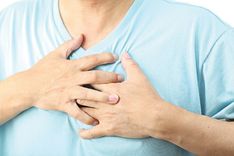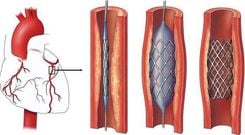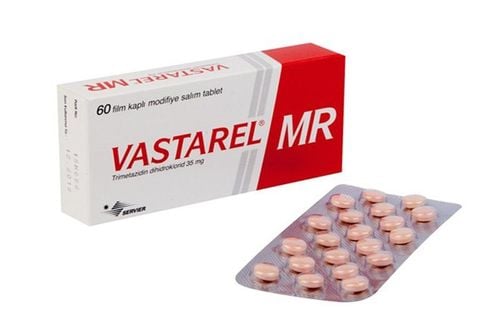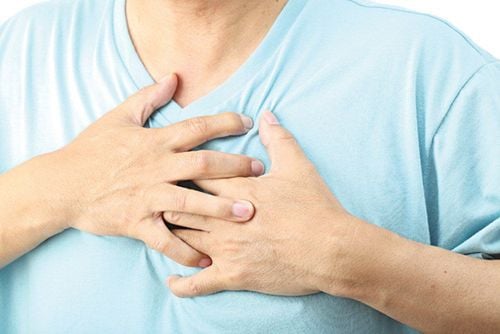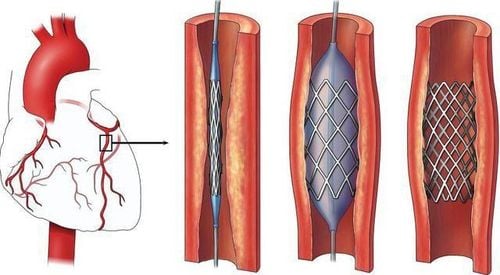Article by Lã Thị Thùy, MSc, MD - Cardiology Center - Vinmec Central Park International General Hospital
Heart valve calcification is a common cardiovascular condition that can pose life-threatening risks if not treated promptly. Calcium plaques increase the risk of blood clot formation, which may travel into the circulatory system, causing vessel blockages.
1. What is Heart Valve Calcification?
Heart valve calcification occurs when calcium plaques, fatty tissues, and excess minerals accumulate on the valve This causes it to harden and narrow, thereby reducing its flexibility. The heart valve's inability to open and close properly impairs blood flow throughout the body. Gradual narrowing of the valve increases resistance to blood flow and the workload on the heart. Moreover, calcified plaques increase the likelihood of blood clot formation. These clots can travel into the circulatory system, potentially causing blockages. For example, blockages in coronary arteries can lead to heart attacks, and blockages in brain arteries may result in strokes, threatening the patient's life.
2. How Do Heart Valves Become Calcified?
Numerous factors can cause heart valve calcification. A primary cause is the natural aging process of the heart valves, given the heart is the body's most active organ. Genetic factors also contribute, with congenital valve abnormalities making the valves more prone to hardening over time. Other factors that may influence valve calcification include smoking, diabetes, chronic kidney failure, and elevated cholesterol and triglyceride levels. Most calcified valves are associated with atherosclerosis, a condition causing blockages in arteries of the heart and other body parts.
Infections affecting heart valves can also disrupt blood circulation and accelerate calcification. While the exact mechanisms of valve calcification remain under study, these factors are believed to play significant roles.
Additionally, other reasons that cause aortic valve calcification, or thickening valve include radiation therapy to the chest and post-rheumatic heart valve disease.
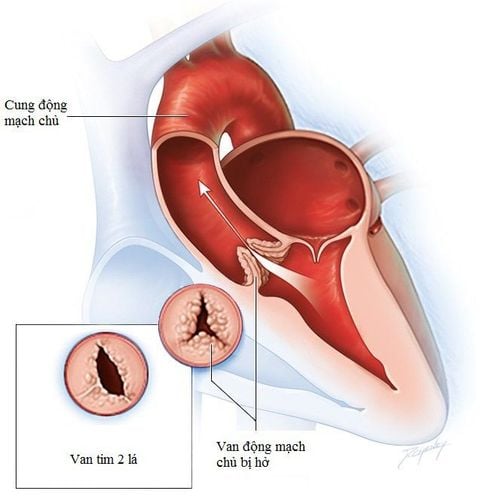
3. Do All Four Heart Valves Have the Potential to Calcify?
The left-sided heart valves (aortic and mitral valves) are the most commonly affected. The aortic valve, known as the heart's "front door," regulates all blood flow exiting the heart and is the most frequently calcified valve. Calcification of the right-sided valves (tricuspid and pulmonary valves) is rare, and the reasons for this are not yet fully understood.
When the aortic valve calcified, it affects both the leaflets (valve cusps) and the annulus (the circular structure attaching the cusps). For the mitral valve, calcification typically involves the annulus but can also affect the cusps. Rheumatic heart disease is a common underlying condition leading to mitral valve calcification.
Calcium deposits are most frequently observed in areas with turbulent blood flow. The aortic valve, located between the left ventricle and the aorta, is a typical site. Bicuspid aortic valve (BAV) and other valve abnormalities that cause turbulent blood flow are reasons why these patients develop calcification at a much younger age. BAV is the most common congenital valve abnormality, affecting approximately 1–2% of the population.
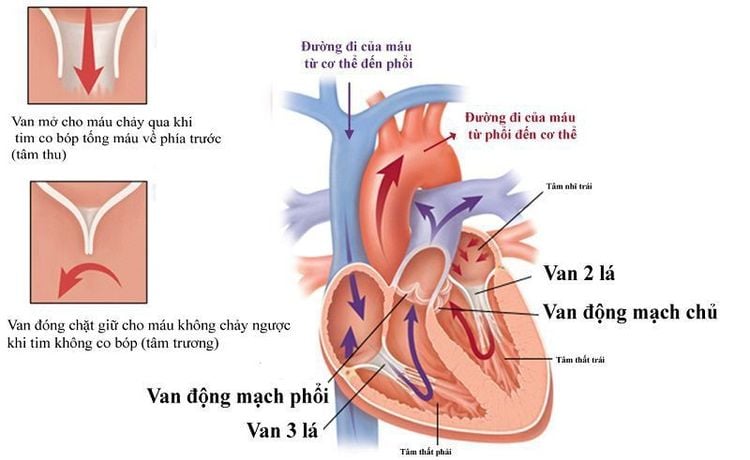
4. How Does Heart Valve Calcification Impact Patients?
As calcification and valve narrowing progress, patients often experience increasing shortness of breath during physical activity. Other common symptoms include headaches and chest pain.
Prolonged valve calcification may alter the heart's structure, such as enlargement or thickening of the heart walls. These structural changes negatively affect cardiac function, compromising both the patient's quality of life and life expectancy.
In rare cases, patients with severe aortic valve stenosis may experience cardiac arrest or sudden death. However, this risk is very low in asymptomatic patients. Symptoms typically improve quickly after heart valve replacement surgery.
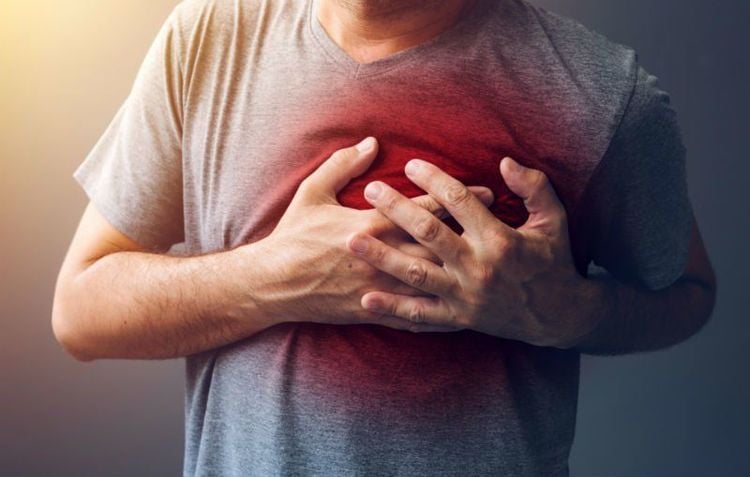
5. How Is Heart Valve Calcification Treated?
Heart valve replacement is recommended for patients with advanced heart valve calcification where valve function is compromised, causing symptoms. Two types of artificial valves are widely used: Mechanical valves and biological valves. Mechanical valves are mostly made of metal. Biological valves are made from animal tissues, such as those from cows or pigs.
Valve replacement can be performed through traditional open-heart surgery or minimally invasive techniques via a small incision in the chest. Another less invasive option for elderly patients is transcatheter aortic valve replacement (TAVR).
To arrange an appointment, please call HOTLINE or make your reservation directly HERE. You may also download the MyVinmec app to schedule appointments faster and manage your reservations more conveniently.
